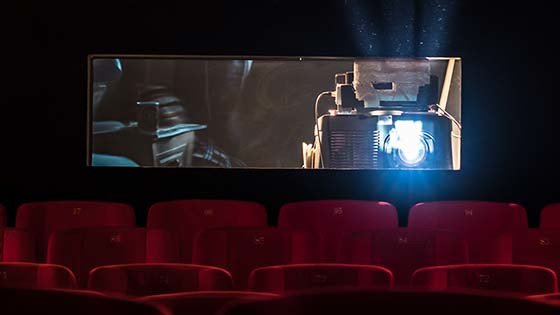There's a famous story about a movie producer on a plane. A salesman next to him, fascinated by the film industry and wanting to learn everything he can about it, sparks a conversation.
He bombards the producer with a bunch of questions. "So, you shoot the films, right?" No, answers the producer; the director does that. "Do you choose the cast?" No, that's on the casting director. “You write the story?” Nope. That’s the screenwriter.
"So what do you do?" the salesman asks begrudgingly.
The producer simply says this: “I make it all happen.”
Working with hundreds of talented producers in film, advertising, TV, and digital since we started our #anti-obvious noisemaking journey has been a privilege. And that story essentially sums up their day-to-day experience.
Producers make it all happen.
But we’re not here to blow smoke - everybody works hard.
It’s about this: understanding the challenges modern producers face in their day-to-day working life enables us to better help them combat the slings and arrows of outrageous deadlines, budgets, logistics and politics; and so keep everyone on the project happy.
The challenges are real. We’ve heard loads of stories from the producers we've worked with over the years.
Like the senior agency producer who, on a shoot in a helicopter over a remote South American volcano, was exposed to the elements as the bungee cord holding the frankly non-compliant door together snapped and popped open. (They then asked her to keep it shut as they completed the shot because everyone works best when experiencing an anxiety attack over impending doom. Apparently.)
Or the stand-up row between a big-name director and a client who objected to casting a child who looked remarkably like a famous darts player. (Ouch, poor kid.)
Here at The Futz Butler we get that a producer's role is a delicate balance of somewhere between a facilitator and peacekeeper.
Making things happen, hitting deadlines; stopping bad things from happening; diplomatically balancing opinions; managing books. Their role is a combo of therapist, accountant, fixer, and saint.
Art vs. Commerce?
In a perfect world, everyone on every project team is aligned. But that's not usually the case, especially in the real world. Tensions inevitably arise naturally when different players have differing interests.
The age-old trade-off between art and commerce is core to this concept. The creative team—responsible for ideas, words, images, concepts, sound—is focused on making the work the best it can be.
And rightly so.
It’s fair to say they are less focussed on timing, budget, and logistics.
Sitting across the table is the client, whose primary aim is to increase brand awareness and sales. Of course they want it to be good. But if those business goals aren't met, the project is a failure — regardless of how many awards it racks up or how much PR noise it makes.
What if the ideal creative route requires a foreign shoot and ten weeks, but the budget only stretches to a Cardiff studio with a four-week airdate and an actor with a wanton case of food poisoning?
Someone has to be responsible for navigating their way through all these pitfalls: and that someone is the producer.
Stakeholders Are People Too
Another common challenge is ensuring every stakeholder's input is heard and considered. The creative team and director's joint focus is making a film people talk about - work that stands out and rattles cages. As a result, their proposals for unique looks, locations, casting or soundtracks might unsettle the client's more traditional brand values.
The client wants the biggest awareness bang for their media buck — without veering too far from the values that sustain the brand paying their wages. This, once again, puts the producer in the middle. They have to shoulder everyone's objectives and clarify that, while difficult, balancing all these things isn't necessarily impossible.
These challenges have existed since the dawn of the commercial moving image, but new technology, modern working processes and a ferociously competitive media environment have only added to them.
Creative Choice: The Production Catch-22
For the creative team, one of the most significant benefits of the rise of digital technology is Creative Choice.
Think about it: almost every piece of music in recorded history is now a single laptop click away, social networks are packed full of directing prodigies shooting full-scope films on their iPhones, and AI software can now write their copy, generate their images, and compose music for them. (You can listen to an 1878 recording by Thomas Edison on YouTube, for fuck’s sake.)
One of the biggest drawbacks?
Creative Choice.
This is especially true for producers managing schedules, budgets, and overall output quality. Will that bedroom DJ discovered on Spotify produce a mix that meets all the delivery specs? Or respond to non-consolidated feedback on a 12-hour deadline to meet the playout date? (“Sorry, I thought I told you I was going to Ibiza….”)
Many of our producer friends have watched projects drift off the rails as key players get blinded by option overload and suppliers drown in a tsunami of non-consolidated feedback.
The producer’s only way through is to avoid getting distracted by the infinite shiny-new options and focus on the project's core creative intent: this is the film we want to make.
These directors and sound designers get it. Let's make a shortlist and talk to them.
Sure, it's challenging. But the modern producer knows they can achieve this with a rigorous, up-front briefing to ensure all stakeholders are heard. Only then can every choice be evaluated and every decision held to account.
Wave If You Can Hear Me
We've made it this far without mentioning the pandemic, but Covid changed the game and made the job of a producer even tougher.
Remember the days before Zoom calls? Creative suppliers would come in to take a brief, the project team gathered around a table, and the key players had their say. Work was presented in follow-up meetings, shoots and recording sessions were attended in person, and there was usually a beer or two along the way.
2020 changed everything forever.
Remote working became the default. WeTransfer links replaced physical work presentations, and producers found themselves watching scenes shot in Prague via a laptop screen while six clients dialed in from around the world to offer their input (usually on mute).
Anybody who remembers the audio quality of Zoom family quizzes knows how hard it is to judge a broadcast mix on a live call, especially when the key decision-maker can't find the link. (And no, Aunt Mary, Hieronymus Bosch is a painter. Detective Morse's name is Endeavour.)
The concept of a fixed production team became fragmented. More and more creative projects are now staffed on a fluid freelance structure where team players come and go, unrestricted by geography - simultaneously exhilarating and complex.
These remote creative teams have new ideas and fresh opinions, but how do you ensure the core strands of a project remain on track? And just how easy is it to share previous versions of a mix with the Uruguayan team in one click?
This brave new world demanded newer and better processes involving remote efficiency, technology, hyper-organized file management, and delivery: none of which made the producer's already complex life any easier.
So far we’ve pretty much described a working life that makes the Secretary General of the UN look like a retiree dozing on a beach.
But every challenge is an opportunity, and we've thought hard about each of these to make ourselves better at what we do.
Here are a few things we've done to help overcome these challenges, all developed with the producer's needs at their core.
From Creative Choice to Creative Intent
For us, creative choice comes down to nailing a project's core creative intent and ensuring every stakeholder gets their say.
We believe that the briefing phase of any project is as important as the actual writing, recording, and production. We've developed a unique way of briefing and understanding our clients' needs on a project - an innovative, step-by-step process designed to simplify the challenge of effectively briefing musicians and composers to lead to the most inventive work. It ensures everyone involved gets their say and delivers work reflecting the project's core creative vision.
Result? Our projects experience fewer rounds of amends, less creative u-turns, and a more stress-free collaboration devoid of friction. Everyone gets heard - from ECD to junior brand assistant.
There's also a secondary benefit.
If everyone is clear on the creative intent and has signed it off from day one, the issue of creative option overload doesn't feel as overwhelming. If the brief is nailed up-front and the intent clearly defined, it's much easier to evaluate and reject potential alternative ideas that slow down and complicate the process.
This is a massive step in helping producers keep project decision-making on track more effectively.
Talk Logistics to Me
Logistics may not always be sexy, but they are vital. The post-pandemic world has made efficient remote communications, recording sessions, and file management not just optional extras but essential.
We live to make music and experiment with noise, but nailing all workflows has been top-of-the-crop too. We have four studios and two live rooms, all fully equipped for live recording and remote sessions, allowing all team members to dial in and monitor full-quality live recordings—and give their feedback—in real-time.
Our client file portal allows team members to log in and see the file version history and project progress, limiting the need to scroll through expired WeTransfer links. Sure, this is all functional stuff, but it's functional stuff that makes the producer's life a whole lot easier.
Different is Better Than Better
Lastly. What about the work? That’s why we’re all here.
The best work is anti-obvious. It creates noise, generates conversation, and gets the maximum bang for the media buck.
Using our unique brief-designing process to get alignment at the project's inception allows us to imagine the unimagined when executing our ideas. We strive for a creative solution that delivers for all stakeholders: the creative team seeking cut-throat originality; and the client desiring media presence while staying true to brand values.
A solution that delivers that magical feeling of being talked about.
The processes described above ensure everything stays on rails; and with the right brief and the nod to execute creative work without restraints, everyone gets heard and goes home happy.
And happy creatives, clients and stakeholders make for a happy producer. (At least until the next helicopter door pops open…)
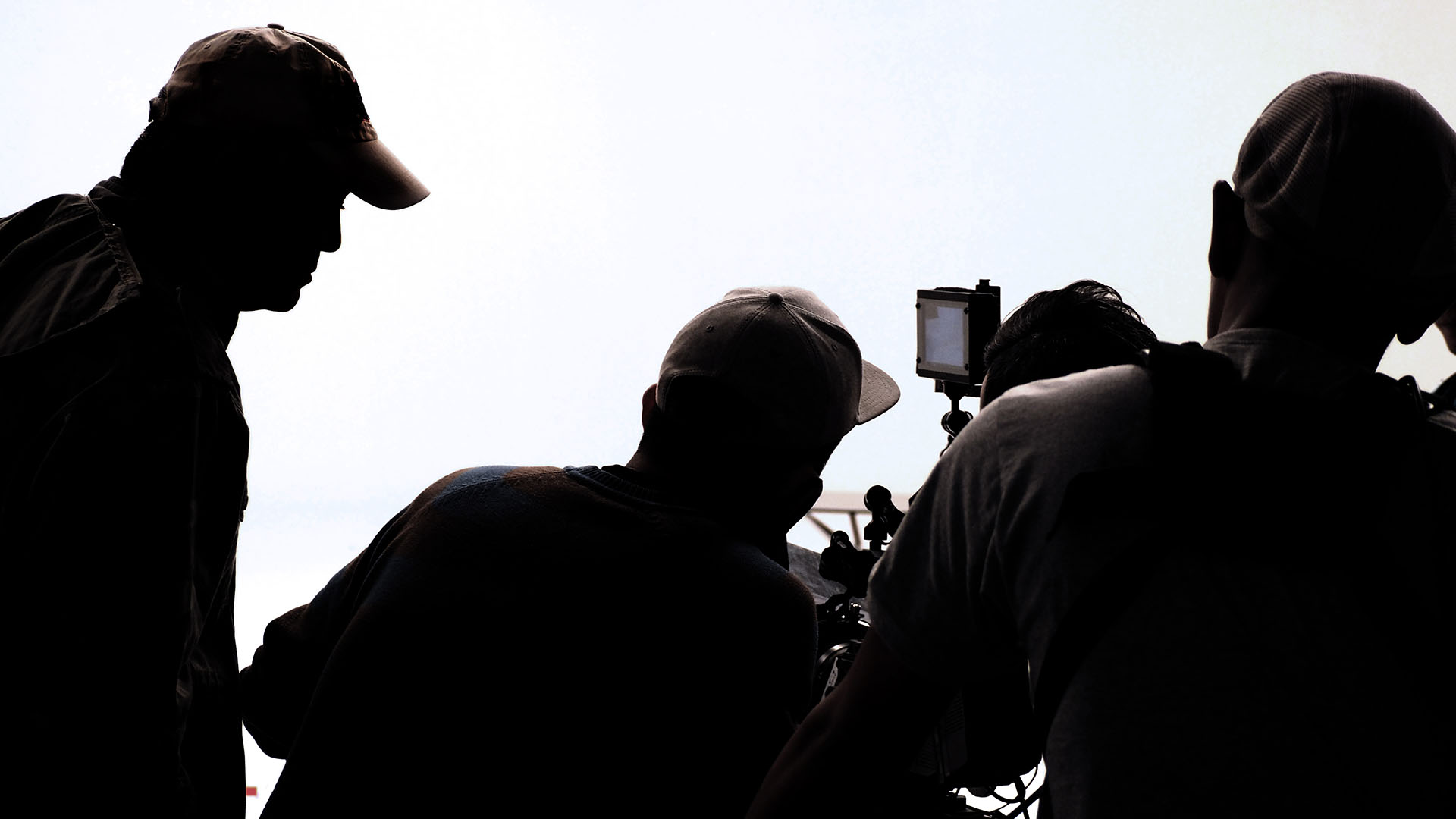

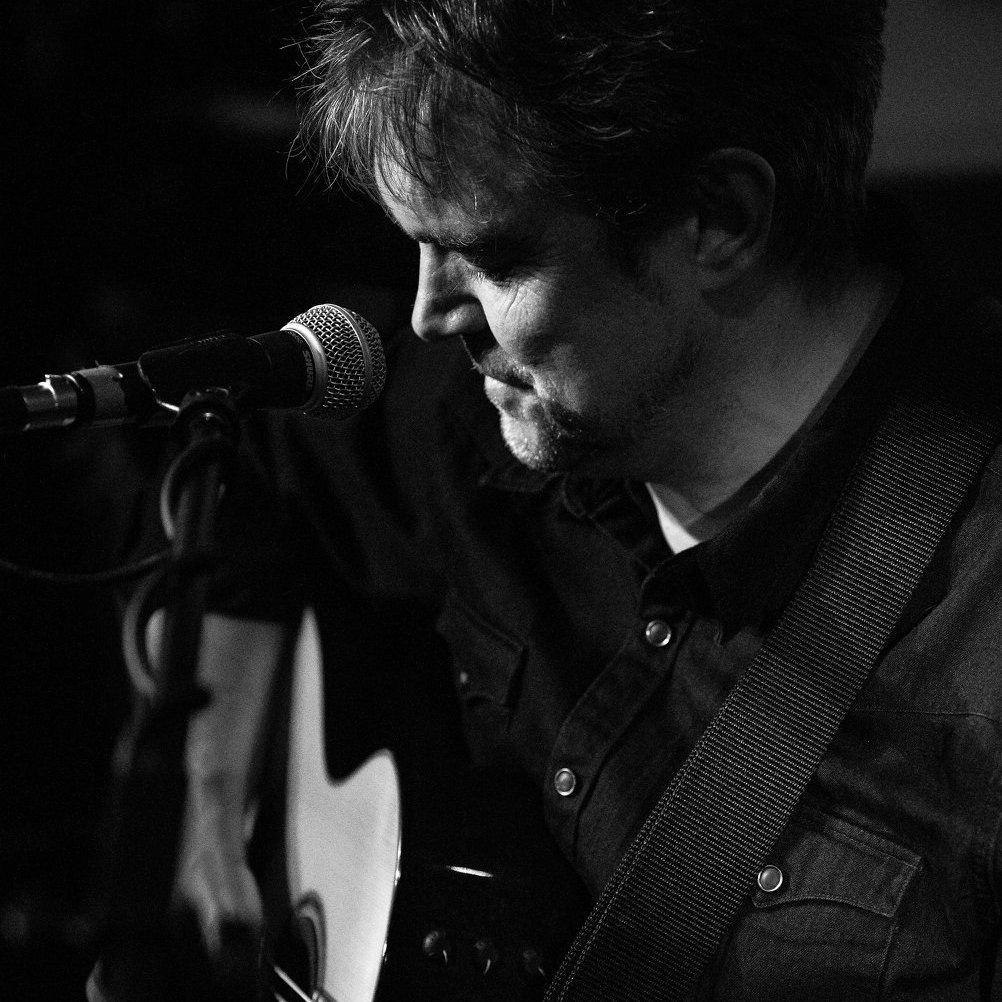


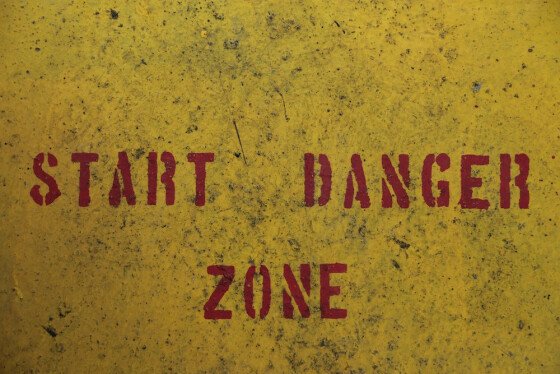


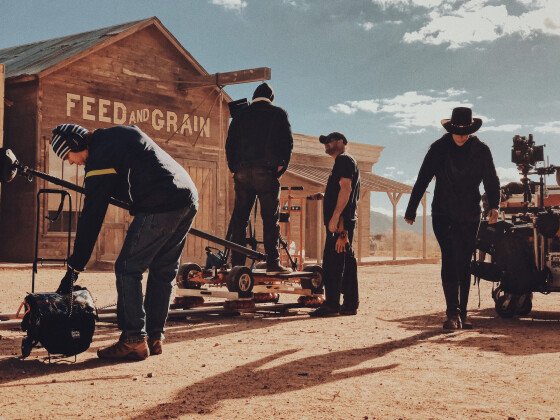
-list_image.jpg)
